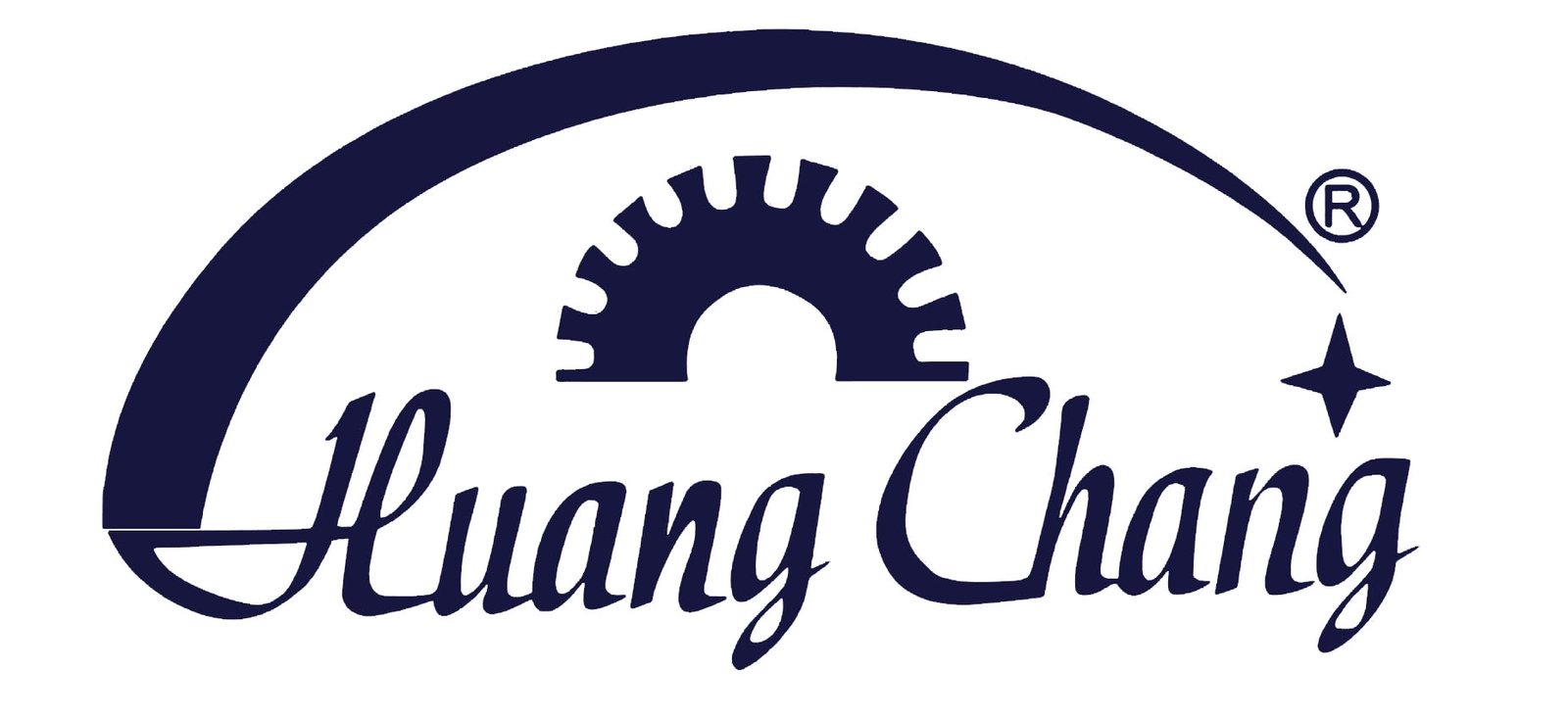Bush hammering concrete is a mechanical surface treatment technique used to create a textured, non-slip finish by chipping away the surface layer. Here’s a detailed breakdown:
Process:
- Tool: Utilizes a bush hammer, which has a head with multiple pointed, pyramid-shaped tips (often made of carbide or steel). These tips repeatedly strike the concrete surface.
- Mechanism: The impact fractures the surface mortar, exposing the underlying aggregate and creating a uniformly rough texture. This can be done manually for small areas or with powered equipment (e.g., rotary hammer machines) for large-scale projects.
Key Features:
- Texture: Produces a pitted, dimpled, or grooved surface depending on the tool’s tip pattern and pressure applied.
- Aggregate Exposure: Reveals the stone within the concrete, enhancing aesthetic appeal and slip resistance.
- Customization: Depth and coarseness can be adjusted by varying the hammer force, tip size, and number of passes.
Applications:
- Functional: Slip-resistant surfaces for driveways, pool decks, sidewalks, and industrial floors.
- Decorative: Architectural features (e.g., walls, facades) for a rustic, natural stone-like appearance.
- Restoration: Matches historic concrete or stone textures in heritage projects.
Advantages:
- Safety: Excellent slip resistance, even when wet.
- Durability: Resists wear and weathering, ideal for high-traffic areas.
- Aesthetic Versatility: Offers a range of textures from subtle to rugged.
Challenges:
- Labor/Cost: Manual work is time-intensive; machinery reduces effort but adds expense.
- Dust/Noise: Requires water suppression or dust extraction and hearing protection.
- Maintenance: Rough surfaces may trap dirt, requiring periodic cleaning.
Comparison to Other Techniques:
- Sandblasting: Abrasive particles smooth or etch surfaces; less aggressive than bush hammering.
- Acid Etching: Chemically dissolves the surface for a mild texture, less durable.
- Polishing: Creates a smooth, glossy finish, opposite of bush hammering’s rough texture.
Best Practices:
- Ensure concrete is fully cured (typically 28 days) to prevent cracking.
- Test on a small area to adjust texture depth and pattern.
- Use protective gear (goggles, masks, ear protection) during operation.
In essence, bush hammering is a versatile method to enhance both the functionality and visual appeal of concrete surfaces, balancing practicality with design flexibility.



